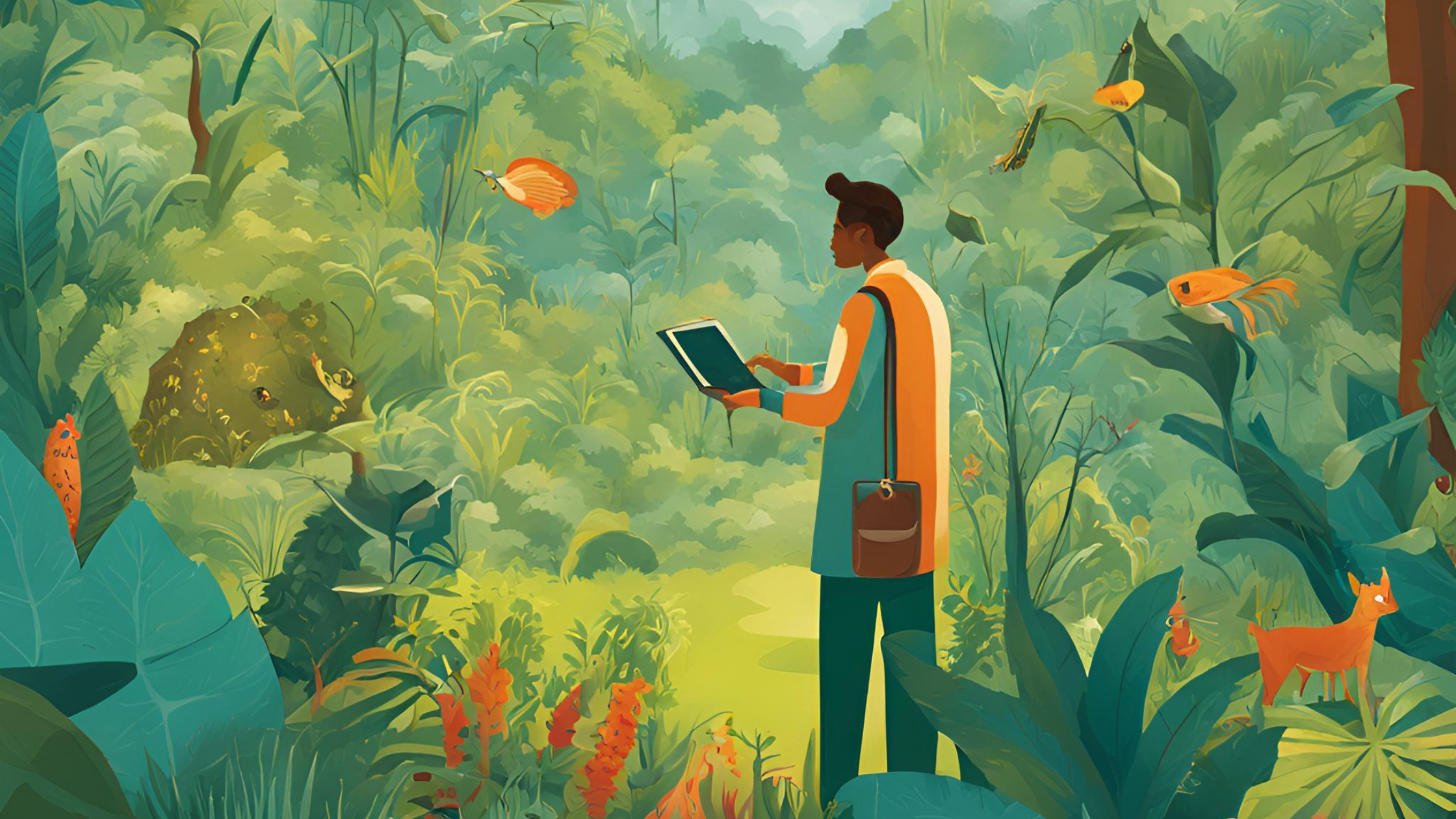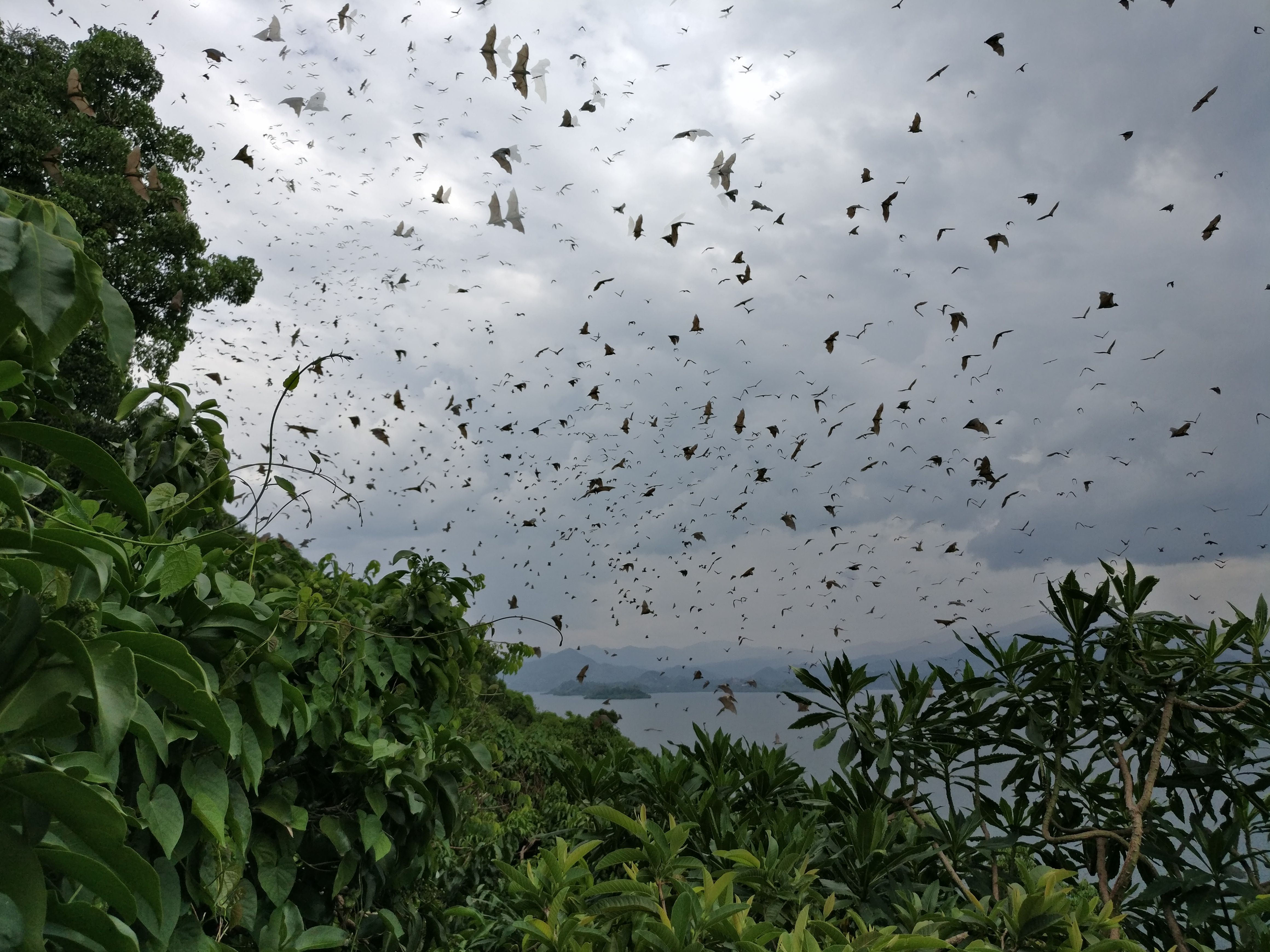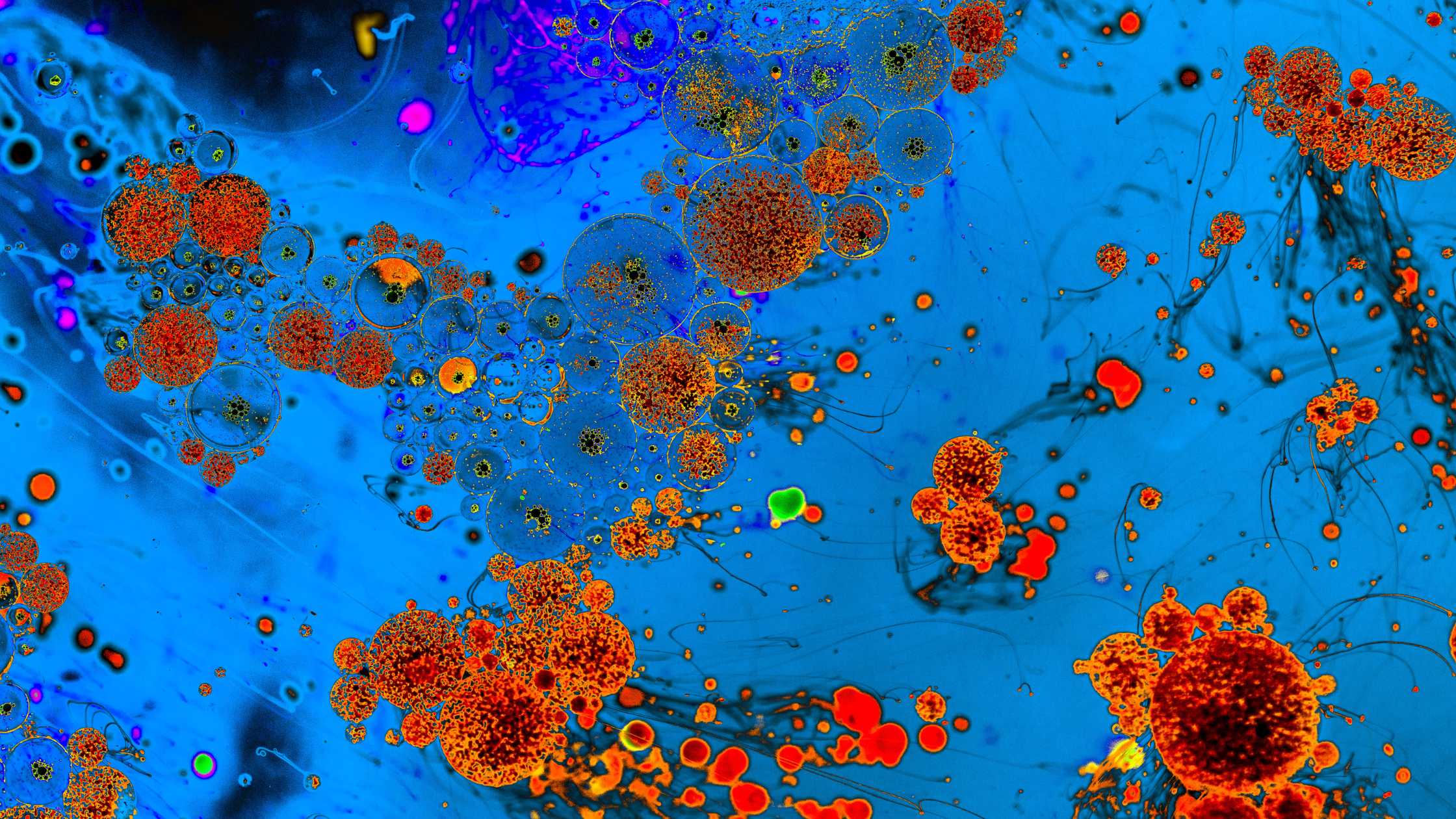Understanding Disease Risk Through Biodiversity: Insights from IRD's work
In our latest interview with Professor Rodolphe (Rudy) Gozlan, Director of Research and Professor in Conservation Ecology at the Institut de Recherche pour le Développement (IRD), he shared with us some fascinating insights about IRD's work in the BCOMING project. The conversation centred on how their work is helping to identify the links between biodiversity and disease risk, with a particular focus on Cambodia, as well as other regions such as Guinea, Ivory Coast, and Guadeloupe.

According to Professor Gozlan, IRD leads a team responsible for structuring collections and organising consistent sampling efforts. So far, their fieldwork has covered sites in Cambodia, Ivory Coast, Guadeloupe, and Guinea. One key goal is to ensure a uniform sampling strategy, so data gathered in different regions can be compared effectively. This strategy, however, comes with certain biases due to the nature of sampling methods, but it remains central to providing comparable data for future modelling efforts.
"Our responsibility was to ensure that we had a sampling strategy that was consistent across all regions,” said Gozlan. "We structured our sampling to follow a gradient of human disturbances—from urban areas to pristine habitats, as much as possible, to ensure the data could be used in modelling."
One of the most important aspects of IRD’s approach is the selection of sites along gradients of human disturbance. In every region studied—Cambodia, Guinea, Ivory Coast, and Guadeloupe—the team aimed to gather samples from urban, moderately disturbed, and more natural or pristine environments. These gradients allow researchers to capture the full spectrum of biodiversity in relation to human activities.
In Cambodia, where IRD focused most of their efforts, they sampled five different regions, covering areas ranging from urban hubs like Phnom Penh to more natural settings such as Mondulkiri in the northern part of the country. The purpose? To understand how biodiversity patterns shift along this gradient and how they relate to the spread of parasites and disease risk.
"In Cambodia, we did the strongest sampling effort," Gozlan explained. "We covered five regions, and in each, we aimed to capture a range of diversity, from highly disturbed urban areas to less disturbed natural systems. Our ultimate goal was to ensure we didn’t miss any aspect of the biodiversity present."
The data collected by IRD isn’t just for sampling biodiversity—it is the foundation for modelling disease risk across different ecosystems. The IRD team works closely with BCOMING’s modelling partners, specifically from Belgium, to ensure that any limitations or biases in the data are accounted for in the models. These models aim to assess how different levels of biodiversity may influence the transmission of parasites and diseases, particularly in areas of high human interaction.
Gozlan touched on an interesting hypothesis: that urban areas, which often have lower biodiversity than rural or pristine habitats, might show a different risk profile when it comes to parasite transmission. However, the increased contact between humans and animals in urban spaces could paradoxically lead to higher risks, despite lower biodiversity.
"We want to see if patterns of biodiversity can influence disease risk," said Gozlan. "If there is less biodiversity in urban areas, there might be fewer species to host parasites. However, the higher contact between humans and animals in cities might actually increase the risk. It's about finding the balance."
One of the most innovative techniques IRD employs in BCOMING is the use of environmental DNA (eDNA) to study both host and parasite species. By collecting samples from water or soil, they can identify traces of DNA left behind by organisms, giving them a comprehensive picture of the biodiversity present in an area without disturbing the wildlife. This includes identifying host species for parasites as well as the parasites themselves.
The potential of eDNA goes beyond just cataloguing biodiversity. It allows researchers to assess ecosystems' health and understand the complex interactions between species, particularly in relation to disease. In Cambodia, for instance, eDNA sampling has revealed a wide range of host-parasite interactions, offering insights into how parasites might spread in different environmental contexts.
While IRD’s immediate focus is on Cambodia and a few other regions, their work has far-reaching implications. For the first time, regions like Cambodia, Guinea, and Guadeloupe will have a comprehensive assessment of the diversity of parasites they host, providing a crucial baseline for understanding disease risk in these areas.
This research goes beyond just academic insights. Local governments and stakeholders will be able to use this data to better manage public health and biodiversity conservation. For example, the presence of buffer zones around urban areas, designed to preserve biodiversity, could also help mitigate disease risks.
"The first level of impact is local," Gozlan emphasized. "For the first time, places like Cambodia will have a consistent, country-wide assessment of the disease risk from parasites. This will help them manage biodiversity and health risks better in the future."
On a broader scale, the results from IRD’s work will be made publicly available, creating a database of parasite sequences that can be accessed by scientists and public health officials worldwide. This will allow other regions to compare their own biodiversity and disease risks with those uncovered by BCOMING, advancing global understanding of the links between biodiversity, human health, and disease emergence.
One of the most exciting outcomes of this research is the potential to use eDNA as a regular tool in disease surveillance. Just as cities now monitor water quality, they could soon be monitoring parasite loads and other indicators of public health risks through eDNA sampling. This method has already proven effective in detecting viral outbreaks, such as COVID-19, where wastewater monitoring provided early warnings of infection surges.
"We’re testing whether eDNA can be incorporated into regular surveillance systems," Gozlan explained. "If successful, it could become a key tool for policymakers to monitor and predict disease risk, not just in the regions we’re studying, but globally."
As BCOMING continues, the work IRD is doing in Cambodia and other regions is helping to shape our understanding of how biodiversity interacts with disease risk—and how we can harness this knowledge to protect both human populations and the natural world.


